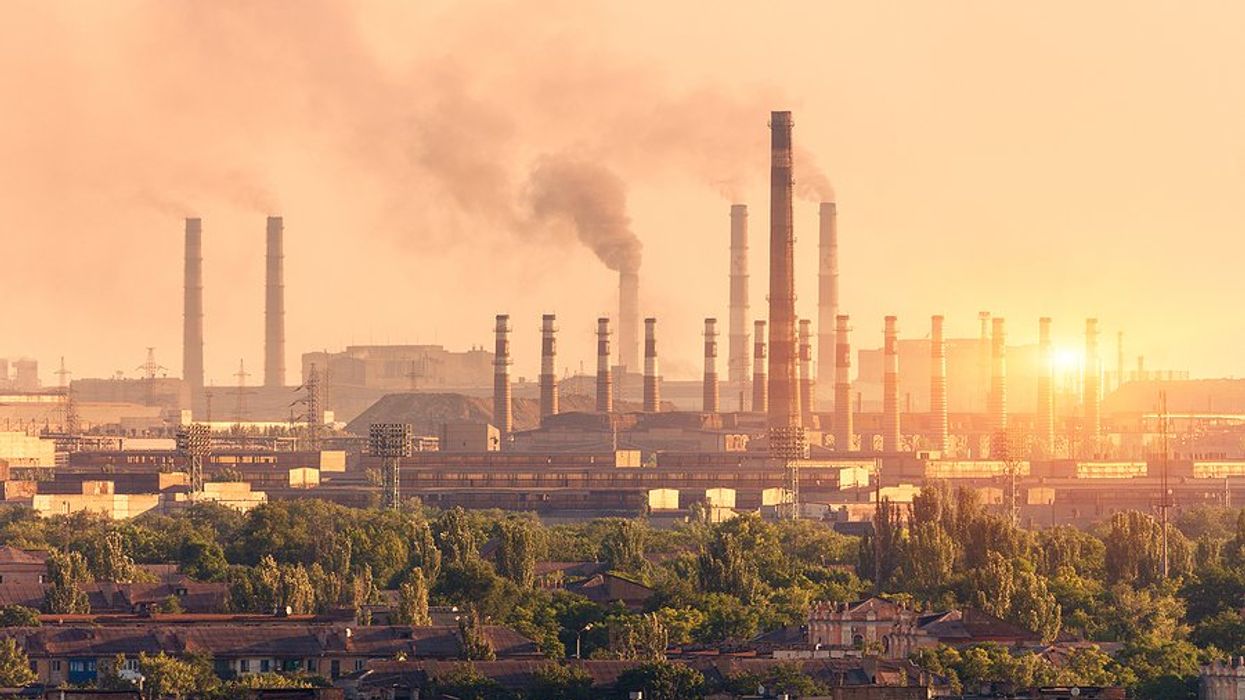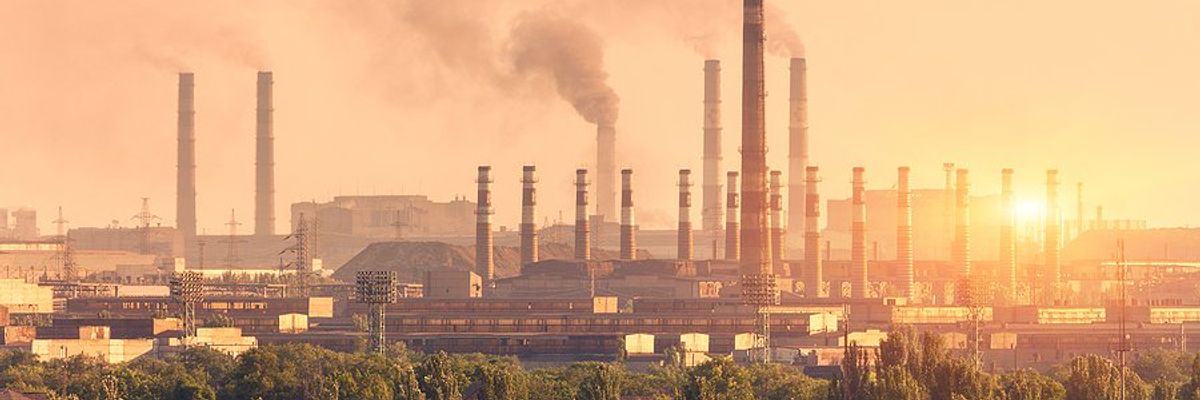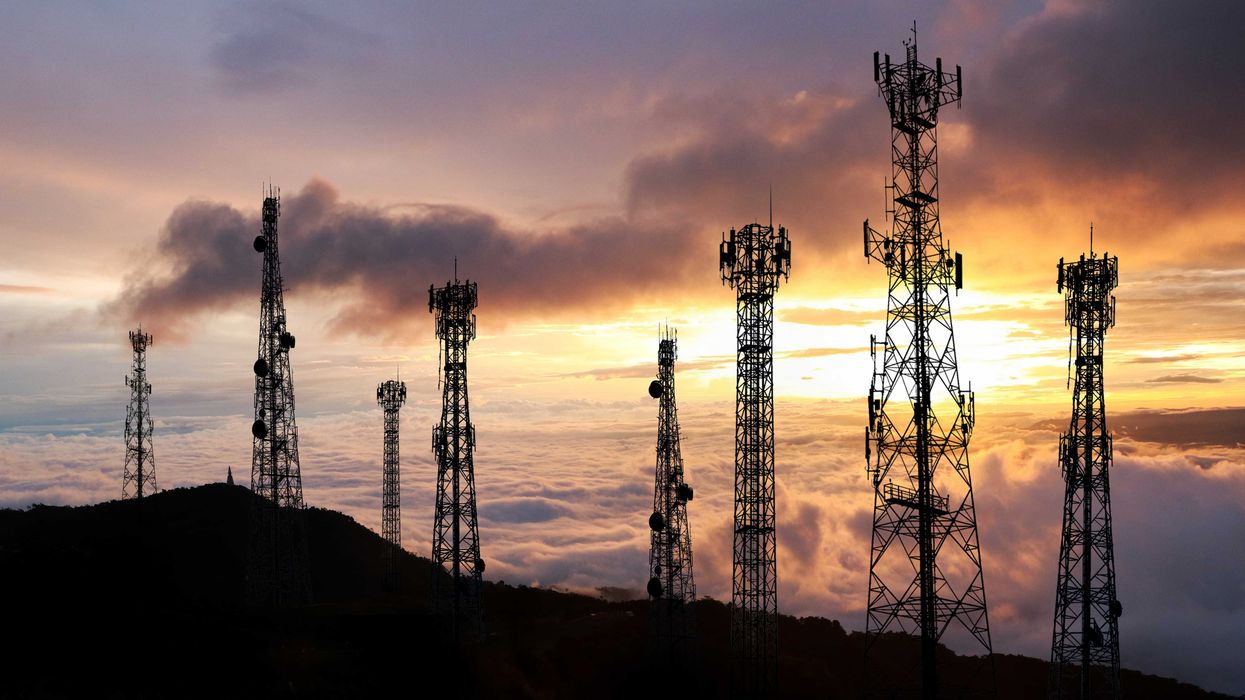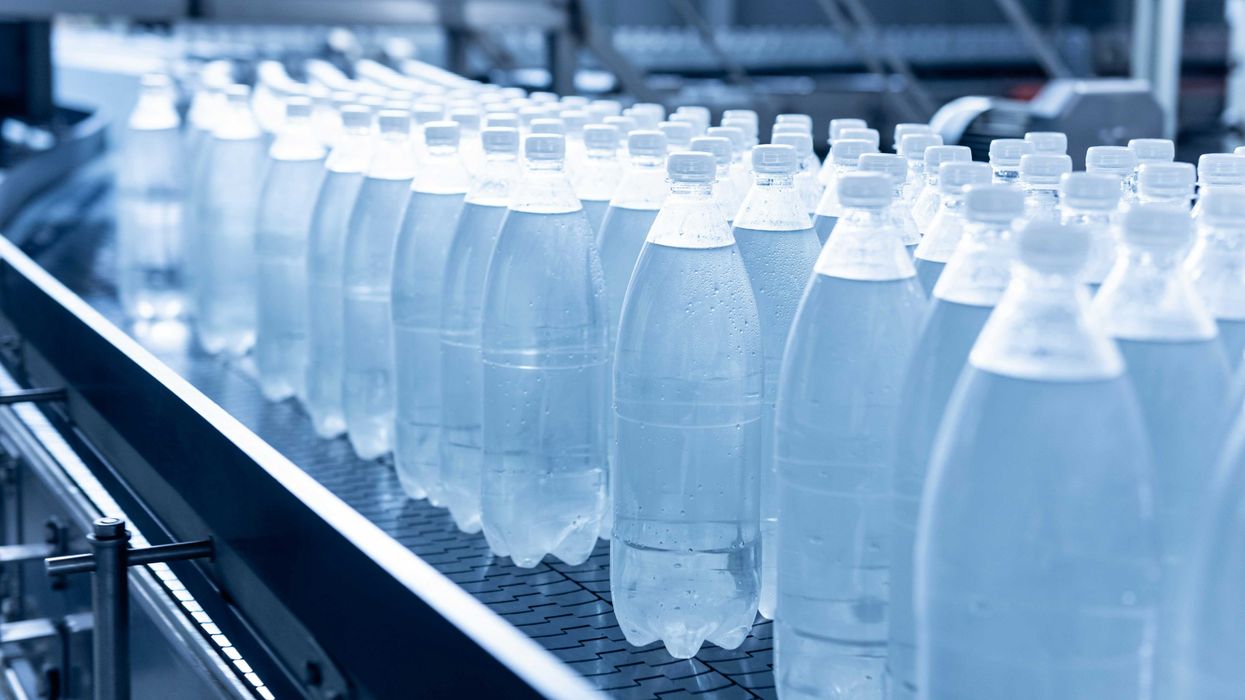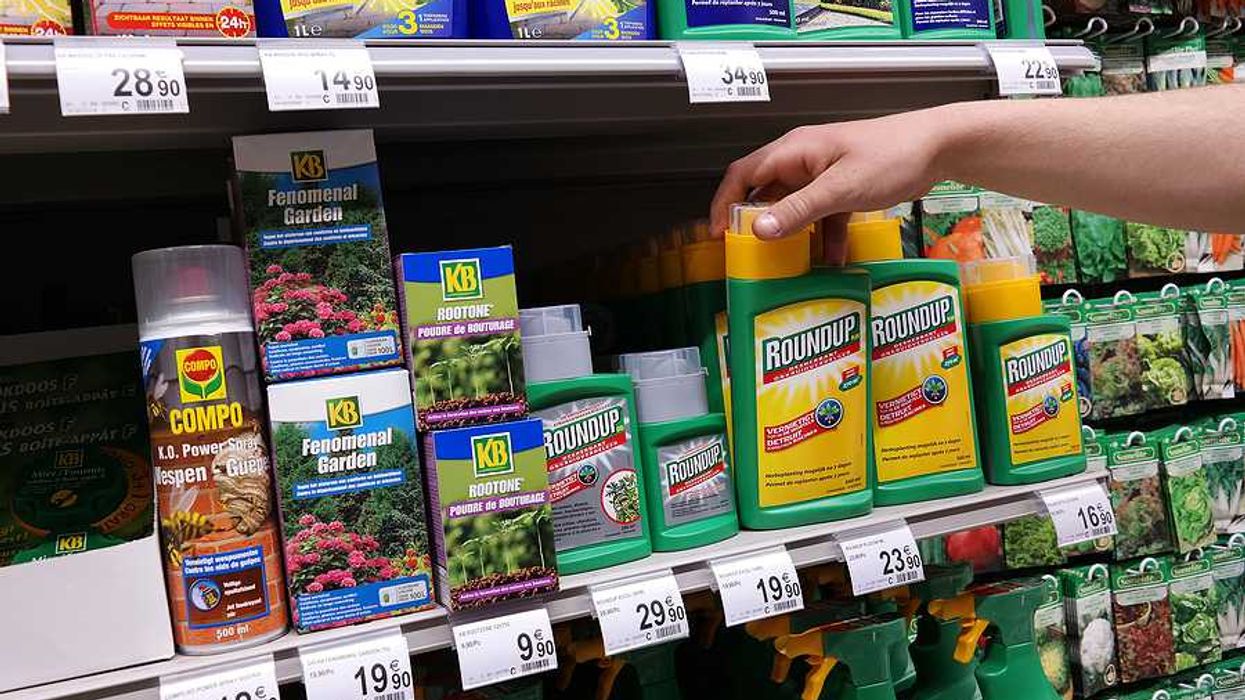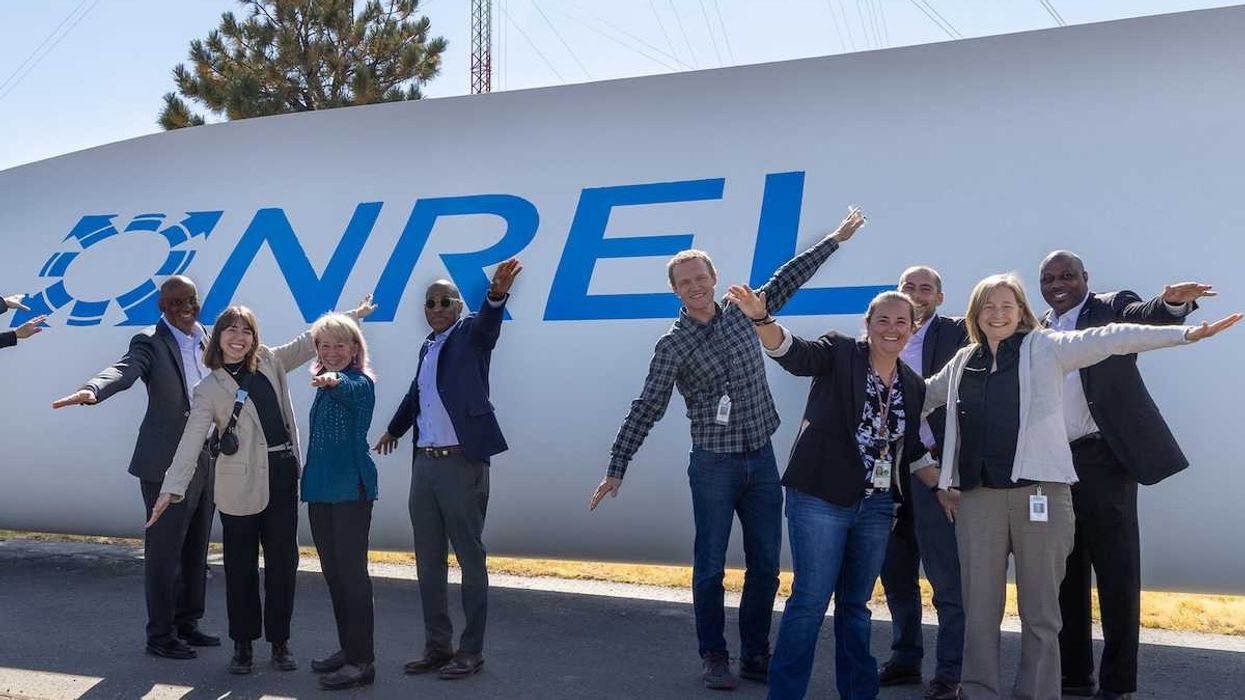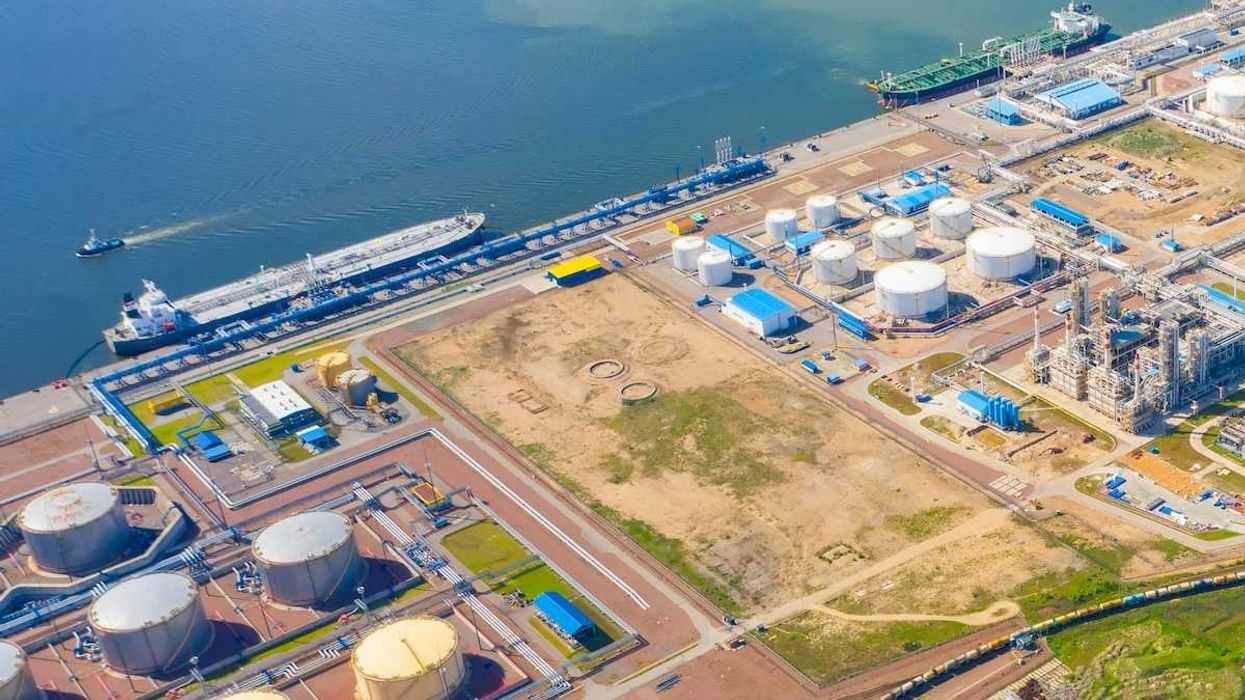New federal air pollution rules targeting the steel industry have been paused for two years, delaying protections for communities near U.S. Steel’s Mon Valley Works in western Pennsylvania.
Reid Frazier reports for Allegheny Front.
In short:
- The U.S. Environmental Protection Agency under the Biden administration finalized 2024 rules to curb toxic air pollution from coke plants, but the Trump administration halted enforcement in July for two years.
- U.S. Steel’s Clairton plant emits over 230 tons of hazardous pollutants each year, including known carcinogens; environmental groups say the rules would have significantly cut those emissions.
- Local leaders and residents are divided, with some citing health harms from the pollution and others prioritizing the jobs and tax base the mill supports.
Key quote:
“We can have both. You can breathe clean air and U.S. Steel can make money. How many billions [in profits for U.S. Steel] does it have to be? And how many people are worth those billions?”
— Cindy Meckel, former Glassport resident
Why this matters:
Western Pennsylvania’s Mon Valley is home to one of the largest coke-producing plants in the nation, and it sits near dense residential communities. The Clairton Coke Works emits benzene, mercury, arsenic, and other carcinogens into the air, contributing to elevated asthma rates and other health issues, particularly in children. While some say air quality has improved since the 1970s, the area still fails to meet federal air pollution standards. The delay in implementing modern pollution controls keeps vulnerable populations exposed to toxic chemicals that are known to damage lungs and trigger chronic illness. This is not only a health crisis but an environmental justice issue: Low-income communities and communities of color often bear the brunt of industrial pollution while corporations and policymakers debate costs.
Related: New EPA delays leave steel towns exposed to toxic air from coke plants

